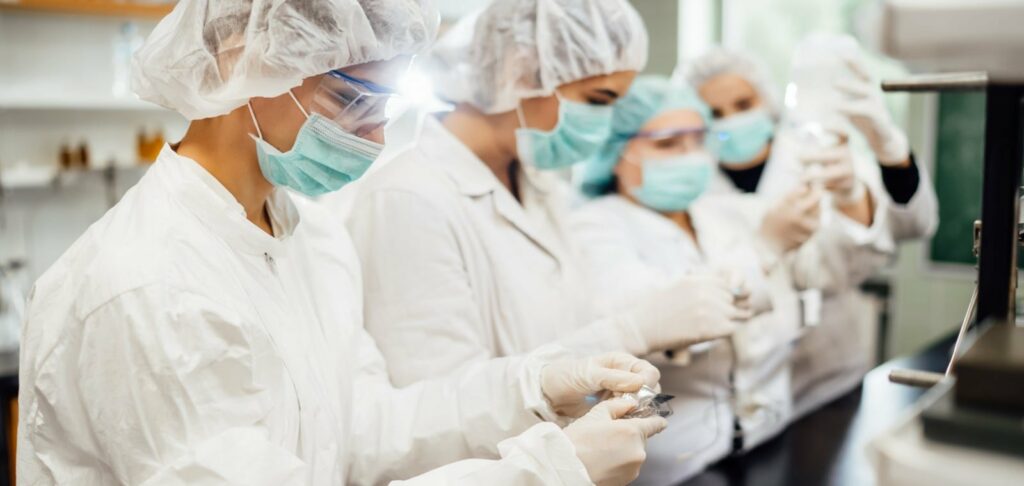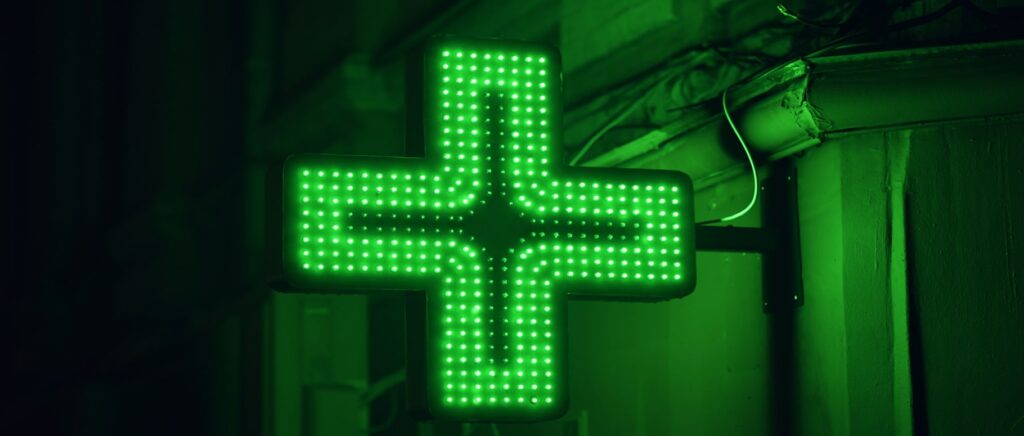
What does a pharmacist’s job look like in far-flung countries around the world? We suggest you get to know the working conditions of your colleagues in Japan, the Republic of Haiti and Mongolia.
Japan: minimal contact with the visitor
Paradoxically, there is a shortage of pharmacists and pharmacists in Japan. Perhaps not everyone is willing to study for six years and practice in a pharmacy or clinic during that time. The harsh working conditions for pharmacists are due in large part to the fact that most pharmacies here are hospital or hospital-based, and almost all drugs are dispensed strictly by prescription.
Free sale may include antipyretics, ointments with NSAIDs, medical cosmetics, eye and nasal drops, some other goods. All this is presented together with prices on the display cases. If a customer needs something from this category, the pharmacist’s job is to explain what is best to buy for what situation and how to use it. If the customer needs something in this category, it is the pharmacist’s job to explain what is best to buy for what situation and how to use it.
If a visitor is interested in a prescription group (such drugs are the vast majority here: from antibiotics and hypotensive drugs to antidepressants), he must be politely redirected to a doctor: you can’t even tell him something about such a product. When asked about the price – also a polite refusal. And no negotiations! First, a visit to the doctor and then to the pharmacy.
In practice, the dispensing of medicines looks like this: after a doctor’s appointment, the patient goes to the hospital registrar’s office, pays the cost of the visit and presents the prescription. Most prescription drugs are covered by health insurance, so only 30% of the actual cost has to be paid to the cashier.
The prescription is immediately forwarded to the pharmacy for the pharmacist to collect the order. And the patient is given a number together with the check. When the specified number appears on the electronic scoreboard, he goes to the first table and receives everything prescribed in a bag with his first and last name and instructions for use.
In most pharmacies, the pharmacist will give the customer a small booklet in which it is convenient to keep a personal record of all doctor’s prescriptions. Each time you buy a prescription, the pharmacist puts a sticker in this booklet. This gives you a medical history and a list of the medicines you are taking, which can be consulted by your doctor or pharmacist in the future. In addition to personal data, the booklet includes a box for the patient to indicate whether he or she wishes to use generics. The pharmacy has personal files for each patient, and pharmacists communicate with physicians quickly via Skype if necessary.
In Japan, some medical devices can be given out conditionally free of charge. For example, insulin syringe pens are provided to those in need on an indefinite loan basis. If the patient is a foreigner, he or she must return the device when leaving the country.
Pharmacists in Japan, in addition to dispensing medicines directly, have an additional sanitary workload in… secondary schools. Their job is to monitor the cleanliness of water, air and toilets, as well as the lighting and noise levels in classrooms, and to talk to students about disease prevention and medicines. Often, a pharmacist from a pharmacy near the school is a part-time pharmacist.
A Japanese pharmacist has a lot of responsibilities, doesn’t he? But the salary is not so high by local standards: the average salary is the equivalent of 45-60 thousand US dollars. An ordinary hairdresser in a Japanese beauty salon earns about 65 thousand dollars or more.
The Republic of Haiti: a basin of medicine and strong legs
That is all it takes to dispense medicine in Haiti. Buying pills and ointments from street peddlers is the norm here. Stationary pharmacies are rare, and these street “preventive clinics” are the main source of medical care for locals. This type of activity is illegal in the Republic of Haiti, but this rarely stops vendors. In addition, there is little control over the pharmaceutical industry in the country.
On the streets you can buy anything from counterfeit pharmbestsellers for male potency to anticancer drugs. Most of the medicines in basins are Chinese generics or expired pills from the neighboring Dominican Republic. Therefore, the success of the patient’s treatment and even saving his life depend on the competence and integrity of the medicine seller.
The latter, by the way, is also a doctor. In a confidential conversation, without examinations and tests, he determines the disease and prescribes a course of treatment from what is available in the arsenal of his portable pharmacy.
Scissors are an essential attribute of every vendor, because customers often need a few pills, not a packet. Nevertheless, islanders trust street pharmacists. And they certainly find “their” pharmacist. How? By coloring! It is believed that the ideal “showcase” is the one where the pills are placed strictly by color and lined up in a high tower. The slimmer the color rows and stronger the “construction”, the more competent the “pharmacist”. Of course, every drug dealer invests in buying the best bucket or basin and spends hours assembling a “mosaic” of blisters.
Mongolia: to the pharmacy for an injection
Pharmacist is probably the most sought-after profession in Mongolia. There are currently about 900 certified pharmacists and more than 1,500 pharmacy assistants (specialists with specialized secondary education) in the country of 3.2 million people.
In order to work in a pharmacy, one must not only receive the appropriate education at one of the four colleges of pharmacy in the country, but also spend three years practicing as an assistant. However, despite such requirements, the professional level of most Mongolian pharmacists leaves much to be desired. It is generally believed that the reason for this is rather low salaries: 200-400 dollars per month – insufficient motivation for quality work at the first desk.
Despite having the lowest population density in Mongolia at 1.8 people per square kilometer, pharmacies are irrationally and disproportionately located. Of the country’s 900 pharmacies, more than 600 are located in the capital, Ulaanbaatar. Of these, only 102 are licensed to sell socially insured medicines.
The dispensing of prescription drugs is not all smooth sailing here either. Many drugs, including antibiotics, are used uncontrollably even in the form of injections: patients ask pharmacists to give them injections despite the increased risk of infection.
According to WHO, Mongolia is the most “injecting” country, with an average of 13 injections per person per year. Specialists attribute this to the consequences of a long period of Soviet influence. During the formative years of Mongolian medicine and the active assistance of the USSR in fighting many different diseases, including dangerous infections, the predominant method of treatment was the use of potent drugs in injectable form, and the population became accustomed to such medical care.
Specialists are now making efforts to teach people to adopt more rational methods of treatment and not to resort to injections unless absolutely necessary. Of course, special instructions are also given to front-desk staff. However, many still can’t refuse their clients and still… give injections.



